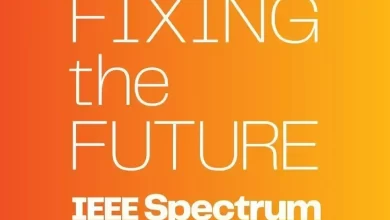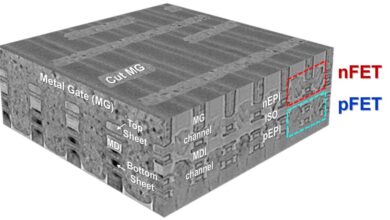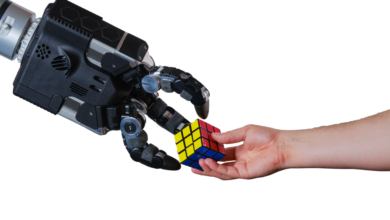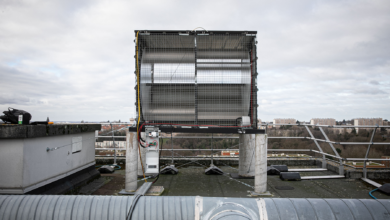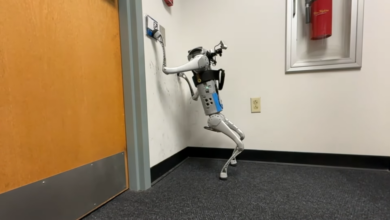Video Friday: Humanoids Get a Job
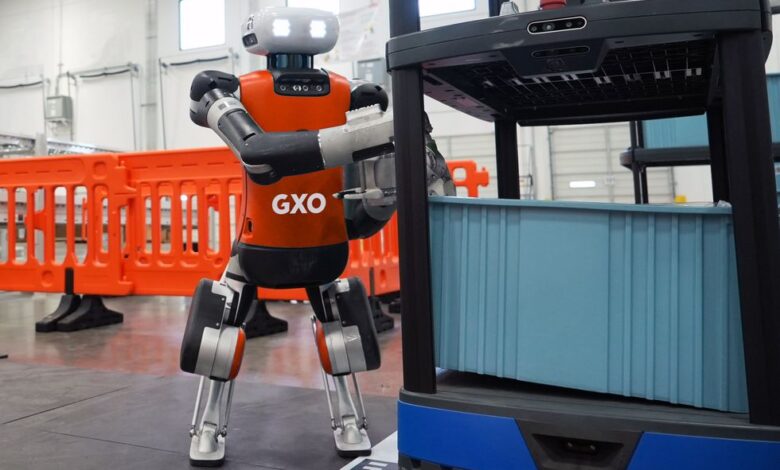
Video Friday is your weekly selection of awesome robotics videos, collected by your friends at IEEE Spectrum robotics. We also post a weekly calendar of upcoming robotics events for the next few months. Please send us your events for inclusion.
RoboCup 2024: 17–22 July 2024, EINDHOVEN, NETHERLANDS
ICRA@40: 23–26 September 2024, ROTTERDAM, NETHERLANDS
IROS 2024: 14–18 October 2024, ABU DHABI, UAE
ICSR 2024: 23–26 October 2024, ODENSE, DENMARK
Cybathlon 2024: 25–27 October 2024, ZURICH
Enjoy today’s videos!
Agility has been working with GXO for a bit now, but the big news here (and it IS big news) is that Agility’s Digit robots at GXO now represent the first formal commercial deployment of humanoid robots.
[ GXO ]
GXO can’t seem to get enough humanoids, because they’re also starting some R&D with Apptronik.
[ GXO ]
In this paper, we introduce a full-stack system for humanoids to learn motion and autonomous skills from human data. Through shadowing, human operators can teleoperate humanoids to collect whole-body data for learning different tasks in the real world. Using the data collected, we then perform supervised behavior cloning to train skill policies using egocentric vision, allowing humanoids to complete different tasks autonomously by imitating human skills.
THAT FACE.
[ HumanPlus ]Yeah these robots are impressive but it’s the sound effects that make it.
[ Deep Robotics ]
Meet CARMEN, short for Cognitively Assistive Robot for Motivation and Neurorehabilitation–a small, tabletop robot designed to help people with mild cognitive impairment (MCI) learn skills to improve memory, attention, and executive functioning at home.
[ CARMEN ] via [ UCSD ]
Thanks, Ioana!
The caption of this video is, “it did not work…”
You had one job, e-stop person! ONE JOB!
[ WVUIRL ]This is a demo of cutting wood with a saw. When using position control for this task, precise measurement of the cutting amount is necessary. However, by using impedance control, this requirement is eliminated, allowing for successful cutting with only rough commands.
[ Tokyo Robotics ]
This is mesmerizing.
[ Oregon State ]
Quadrupeds are really starting to look like the new hotness in bipedal locomotion.
[ University of Leeds ]
I still think this is a great way of charging a robot. Make sure and watch until the end to see the detach trick.
[ YouTube ]
The Oasa R1, now on Kickstarter for $1,200, is the world’s first robotic lawn mower that uses one of them old timey reely things for cutting.
[ Kickstarter ]
ICRA next year is in Atlanta!
[ ICRA 2025 ]
Our Skunk Works team developed a modified version of the SR-71 Blackbird, titled the M-21, which carried an uncrewed reconnaissance drone called the D-21. The D-21 was designed to capture intelligence, release its camera, then self-destruct!
[ Lockheed Martin ]
The RPD 35 is a robotic powerhouse that surveys, distributes, and drives wide-flange solar piles up to 19 feet in length.
[ Built Robotics ]
Field AI’s brain technology is enabling robots to autonomously explore oil and gas facilities, navigating throughout the site and inspecting equipment for anomalies and hazardous conditions.
[ Field AI ]
Husky Observer was recently deployed at a busy automotive rail yard to carry out various autonomous inspection tasks including measuring train car positions and RFID data collection from the offloaded train inventory.
[ Clearpath ]
If you’re going to try to land a robot on the Moon, it’s useful to have a little bit of the Moon somewhere to practice on.
[ Astrobotic ]
Would you swallow a micro-robot? In a gutsy demo, physician Vivek Kumbhari navigates Pillbot, a wireless, disposable robot swallowed onstage by engineer Alex Luebke, modeling how this technology can swiftly provide direct visualization of internal organs. Learn more about how micro-robots could move us past the age of invasive endoscopies and open up doors to more comfortable, affordable medical imaging.
[ TED ]
How will AI improve our lives in the years to come? From its inception six decades ago to its recent exponential growth, futurist Ray Kurzweil highlights AI’s transformative impact on various fields and explains his prediction for the singularity: the point at which human intelligence merges with machine intelligence.
[ TED ]
IEEE Spectrum
